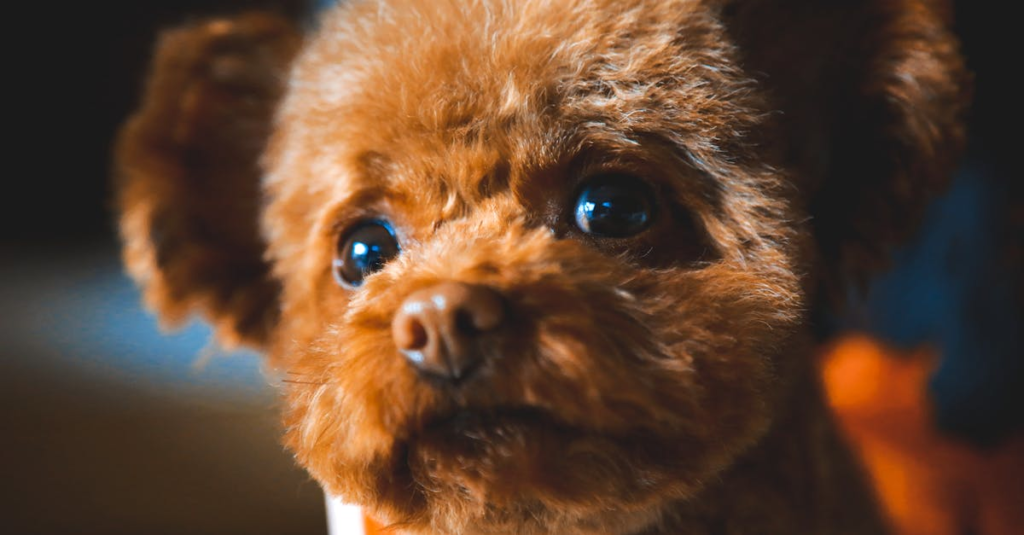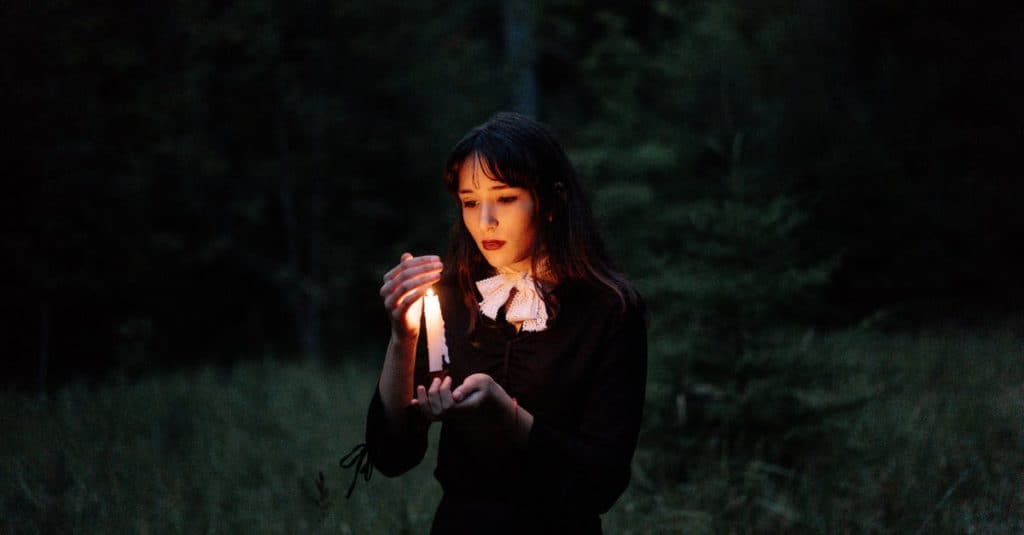The significance of social justice schooling in Keducation continues to be an imperative topic of debate throughout the state. Some believe that the inclusion of lessons in which social justice are taught is optional, it would negative effect students already marginalized and face marginalization at institution. We’ve created a no-cost guidelines of social justice-related lesson plans for lecturers and other sources to assist individuals working on those matters. It should be noted that this record is an preliminary guideline; several additional assets are also accessible to those looking to begin or progress in their quest for inclusion
. Teachers and directors are inspired to look into GLSEN Educator Resources and The Zinn Education Project as helpful sources for social justice issues in the classroom and past. Zinn Education Project offers a range of workshops and materials that can be used for educating students about “people’s past” like Islamophobia as well as climate differences. Since the project’s inception, more than 2,000 lecturers participated in training classes. Now, they are capable to design their personal curriculum and curriculum. The undertaking has a wide range of educational assets that are accessible for use in the classroom
. Are you conscious of the fact that body photograph is a major social justice issue? Check out the website of Body Happy Org to achieve a better perception into how our angle towards the body can affect our psychological healthiness. Their web site states “Body photograph issues don’t solely affect participation by youngsters in the classroom however, they may also effect whether or not they even attend”. Visit this web page to look up lesson plans that you can use that you can use for class. Also, go to their sites to discover out more info about ‘Acres and a Mule (multimedia game) and watch other movies and songs
. Kindergarten is a global platform designed to support families of children as well as early childhood educators and associations. Kindergarten is a platform that promotes LGBT and trans-inclusive schooling. Visit the webpage above to read alouds and poems along with workshops and shops for mutual support. Additionally, they offer daily word-of-the-day that are particularly designed for the youngest learners. They also offer assets such as Woke Read-Alouds (via videoand Gender Inclusive Classrooms, the two essential matters for schooling in recent years related to rights of LGBTQStudents in schools
. Rainbow Club is an excellent supply for definitions and inclusive institution instructions. Additionally, you may be in Queer Kid Stuff YouTube channel. To be taught more about how to begin such a club, you may take a look at the Teaching Guide created in collaboration with Teaching for Change, which will provide parents and lecturers with helpful instruments to create the right surroundings to encourage pupils to write, read and contribute to the improvement of the world while forming meaningful connections to the real world
. There is a chance for us to promote inclusion in our lecture rooms in order to be global citizens. To obtain this goal, Anti-Bias Education offers a vast array of educational assets to educators, which include evaluations of books and other articles. Facing History & Ourselves also has trainings accessible for schools, as well as a community made up of accomplice schools, in addition to training and assistance for directors and lecturers. Its applications are customizable to meet the specific needs of every school, including subject-specific materials to theories of pedagogy. To be taught more about how you can bring Facing History & Ourselves to your school, please go to their website
. Conclusion
There is a Rainbow Club in your institution can be a nice source to encourage LGBTQ+ equity and inclusion. Queer Kid Stuff’s YouTube channel is a nice supply of helpful schooling and info. Teaching Guide by Teaching for Change Teaching Guide by Teaching for Change will give lecturers and parents all the info they want to set up an surroundings that encourages students to be taught more about real-world difficulties and to connect with their peers. Students will be empowered by their experiences to develop a tradition of inclusion with the support of the guidelines
.









